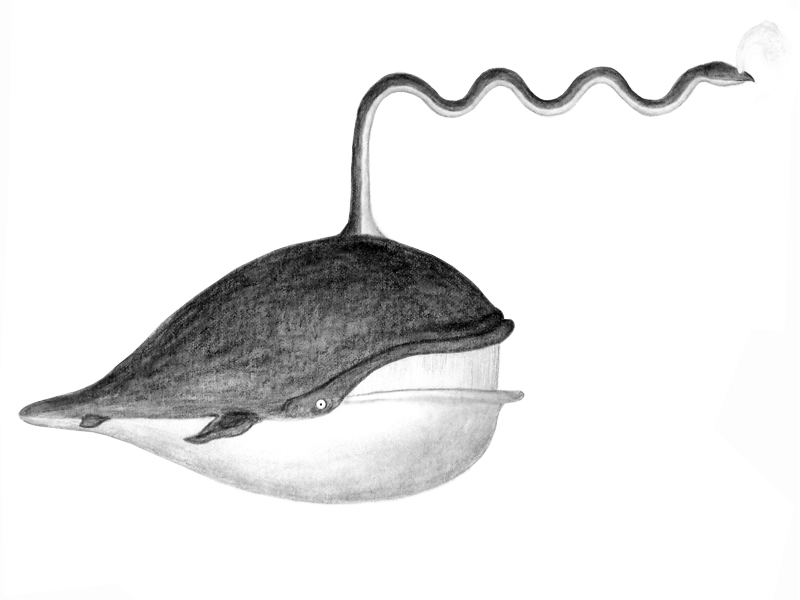
MONSTERS: Original Creations!
|
ANGLEVIATHAN This colossal marine mammal employs a device like an anglerfish's lure for the opposite purpose. Whereas a lure attracts underwater prey, this Mortasheen's appendage repels surface predators. The sudden appearance of a giant sea serpent spewing foam from its nostrils scares away whalers as quickly as a decloaking spaceship. |